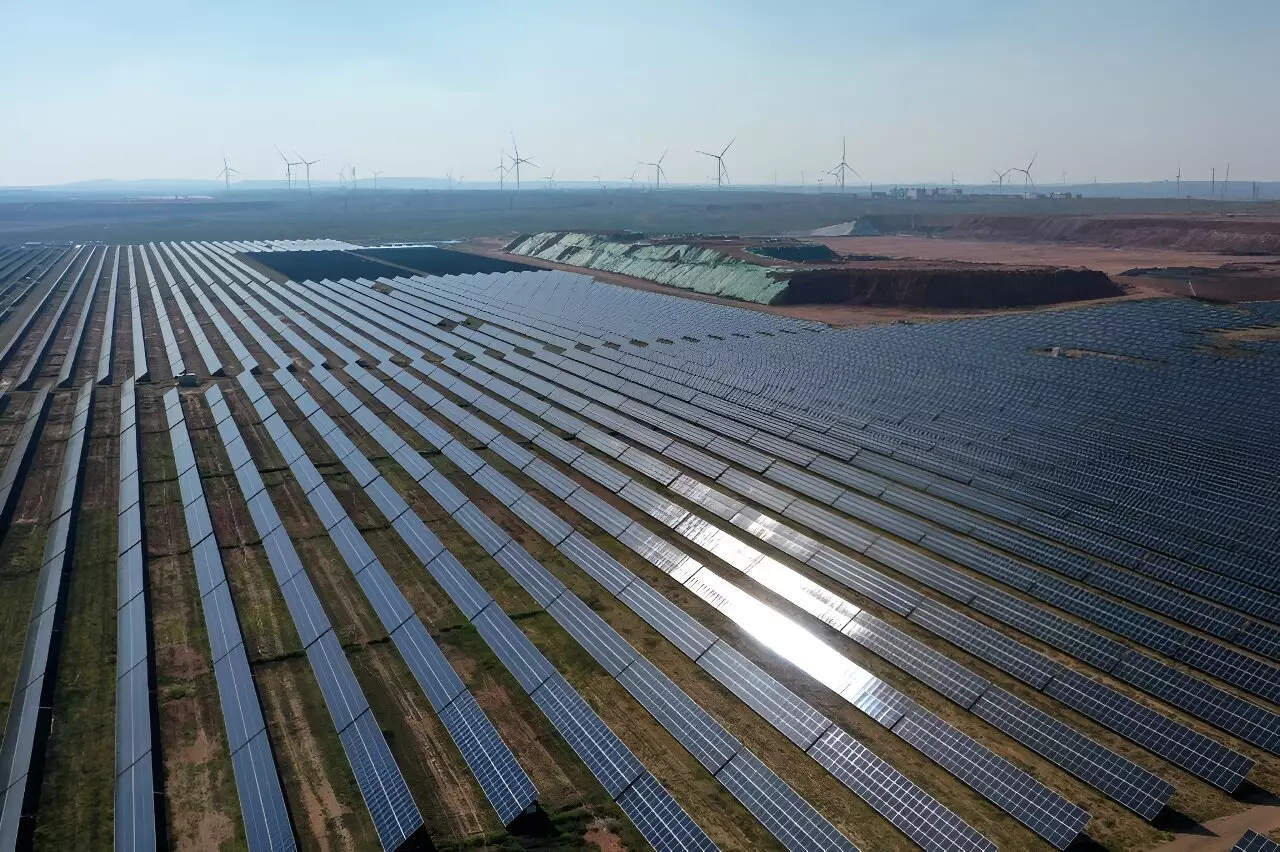Recent research has unveiled a significant milestone in China’s energy consumption landscape, revealing that clean energy now accounts for one-quarter of the country’s total energy usage. This transition is a bold testament to China’s commitment to address the challenges posed by climate change, given its status as the world’s leading greenhouse gas emitter. The shift to a greener economy is characterized not just by increasing renewable energy capacity, but also by long-term pledges targeted at achieving peak carbon emissions by 2030 and achieving carbon neutrality by 2060.
This pivot is underscored by a white paper indicating that the share of “clean energy” in China’s national energy consumption has surged from 15.5% to 26.4% over the past decade. Renewable sources such as wind and solar energy have seen a tenfold expansion, positioning China as a dominant player in the global renewable energy landscape.
A Global Leader in Renewables
China’s impact on the renewable energy sector is immense, responsible for over 40% of global renewable energy capacity added since 2013. This growth not only signifies a transition from traditional energy sources like coal but also reinforces China’s pledge under the Paris Agreement to mitigate climate change. By focusing on clean energy, China is making strides toward both domestic energy security and global environmental goals.
The white paper emphasizes the historic breakthroughs achieved in developing green technologies, showcasing the nation’s strategic investment in renewable resources. Such initiatives illustrate the shift from reliance on fossil fuels to sustainable alternatives that could eventually lead to a cleaner environment for future generations.
Despite the promising advancements, China faces considerable challenges in its renewable energy journey. The rapid expansion has led to a mismatch in the development of renewable resources, resulting in a significant amount of energy wastage. Moreover, while the country celebrates its achievements, some segments of the domestic solar industry are grappling with financial difficulties stemming from market volatility and regulatory changes.
The dilemma extends beyond technological advancements to encompass strategic planning and infrastructure development. To continue leading in renewables, China must address issues regarding energy storage, distribution efficiency, and economic sustainability of its green initiatives.
As China forges ahead in its green energy agenda, the importance of balancing ambition with practicability cannot be overstated. While the nation is rightly acknowledged for its swift strides in reducing coal dependency and expanding renewable energy resources, there remains an urgent need for a cohesive approach to energy management—one that not only fosters growth but also safeguards the environment and economy.
Maintaining momentum through innovation and investment will be critical if China is to honor its commitments to peak carbon emissions by 2030 and to achieve net-zero emissions by 2060. Ultimately, the journey toward a sustainable energy future will require ongoing cooperation among government, industry, and the public to fully realize the potential of renewable energy to reshape global climate policies.


Leave a Reply